Fighting gall aphids on currants and other shrubs: effective means
The appearance of gall aphids on currants can be seen by the characteristic swelling of red on the surface of the leaves. You need to start fighting the pest immediately, otherwise the harvest will be greatly reduced. To do this, use insecticides, attract beneficial insects, and use affordable and effective folk remedies.
Signs of defeat
Visually, the gall aphid differs from other species in its pale pink, rather bright color. This species is sometimes also called the red-gall aphid. This name is also associated with the nature of damage to currant leaves and other plants.
In appearance, it is quite simple to determine the signs of a pest attack:
- On the outside of the leaf blade, noticeable red swellings are formed.
- The leaves begin to deform and dry out.
- The petioles also become crooked.
- Large colonies of insects can be seen on the back of the greenery.
- If the colony is large, it also moves to the inflorescences, due to which the flowers fall off and the ovaries do not form.
The main harm from gall aphids is that it parasitizes on the youngest shoots, feeding on their delicate greens. Older leaves have their own defenses, which aphids cannot always overcome. The parasites begin to suck the sap from the plants, which is why the leaves seem to shrink, dry up and may fall off. As a result, growth is inhibited, flowers form few ovaries, which negatively affects the harvest.
Therefore, if even small lesions are found, it is necessary to immediately begin to destroy the pest. If measures are not taken, aphids can easily spread to other crops (shrubs and garden trees).
Destruction of gall aphids
The fight against gall aphids can be carried out by different methods - mechanical, chemical, biological. It is also permissible to use folk remedies that are available to all summer residents.
Mechanical methods of struggle
If you can see some red bulges on the leaves, and a small amount of aphids are found under them, you can remove the pest manually, then crush it or pour it over with boiling water, a chemical (ammonia, hydrogen peroxide, vinegar, etc.). If there are quite a few pests on the bushes and manual collection is impossible, they are doused with a large amount of water from a hose. Insects immediately fall off the leaves and can no longer rise due to the abundance of moisture.
Chemical methods
In cases where the defeat is massive and many bushes have acquired unpleasant red swellings, drastic measures should be taken and insecticides should be used, for example:
- "Fufanon";
- "Commander";
- "Spark";
- Fitoverm;
- "Arrow";
- Tanrek;
- Kinmix;
- Biotlin;
- "Karate".
All funds are used strictly according to the instructions, accurately measuring the dosage. Use a mask and disposable gloves if necessary.
Biological methods
Aphids have quite a few natural enemies - different types of insects:
- ladybugs;
- sand wasps;
- lacewing;
- crickets;
- ground beetles.
Many birds also eat the pest:
- sparrows;
- tits;
- orioles;
- warblers, etc.
Feeders and drinkers are created to attract birds. Ladybirds do not need to be lured especially, since they are ubiquitous. And to attract the rest of the insects, you can plant dill and parsley next to the garden.
Folk remedies
Finally, popular folk remedies are also used to fight. These are affordable methods based on the use of pharmaceuticals (ammonia, hydrogen peroxide), food (onions, garlic) or other methods.Regardless of the specific recipe, the application technology is the same: first you need to make a solution (usually for a standard 10 l bucket of water), then insist it a little and spray the bush. The actions are repeated several times a week until the complete destruction of the aphid colonies.
Top 10 folk remedies against gall aphid:
- Hydrogen peroxide solution - 2 large spoons per 1 liter of water. You can also add 2 tablespoons of ammonia and a few drops of liquid hand soap there.
- Soda is used in a different proportion - a tablespoon per 1 liter of water. You can add 2 large tablespoons of laundry soap shavings to the mixture.
- Ammonia - 2 tablespoons of the drug in 1 bucket of water. You can also add a tablespoon of liquid hand soap or any dishwashing detergent to it.
- Laundry soap shavings (obtained with a fine grater) - 1 small spoon per 1 liter of water. The liquid needs to be slightly heated and infused overnight.
- Ash solution - 1 glass in a standard bucket of water.
- Mustard powder solution - 1.5 large spoons per 1 standard bucket. You need to fill it not with cold water, but with boiling water, and insist for 3 days. Initially, it is better to brew not with a bucket of boiling water, but with 1 liter, and then dilute it just before spraying.
- Tobacco dust solution: take 1.5-2 cups of dust and infuse in 10 liters of boiling water for 3 days. You can also add 5 tablespoons of laundry soap shavings there.
- Infusion of dried marigold flowers. Preliminarily, the petals (500 g) are crushed, after which 10 liters of boiling water are poured and brewed for 2 days. Then filter the solution and add 3 tablespoons of liquid soap.
- Take 2 medium onions and chop them finely along with the husks. Brew in 1 liter of warm, but not boiling water, insist overnight, then add a pinch of finely grated laundry soap.
- Take 100 g of red hot pepper and pour 1 liter of water, infuse overnight, and then dilute to 10 liters.
In all recipes, laundry soap can be replaced with tar. Ammonia and hydrogen peroxide are also interchangeable.
Prevention
The described control measures effectively help to cope with the invasion of the pest, however, it is much easier to prevent the appearance of aphids than to deal with the consequences.
As a preventive measure, experienced summer residents recommend:
- In October or November, dig up the soil under a bush of currants or other berries, while simultaneously pouring wood ash into the ground. Due to this, most of the eggs laid will die in winter, before they reach the season.
A similar procedure is performed in early spring - in March or April. Then you can certainly kill the remnants of the wintering parasites.
- Also in early spring, you can spray the bushes with insecticides, following the instructions. This will surely kill almost all aphids, and very few individuals will survive by the beginning of the warm season.
- Destruction of anthills with boiling water, chemicals and other methods - ants "guard" aphids, as they feed on the sweet liquid secreted by them. Therefore, it is necessary to get rid of both those and other pests.
- Another simple preventive measure is to attract natural enemies of aphids: ladybirds, lacewings, and various birds. At the dacha, you can plant dill, parsley, other herbs with a bright smell, as well as hang out feeders and drinkers for birds.
- Finally, don't plant thyme, mint, sage, oregano or lavender next to shrubs and trees. These grasses attract gall aphids, so they can easily migrate to other crops.
Thus, it is quite possible to fight this pest even with the usual available means. The main requirement is to start spraying and processing as early as possible in order to preserve the harvest of berries and other crops. If, at the end of the season, preventive measures are taken, then next year the aphids will not be able to actively reproduce, so the leaves of currants and other berries will remain unharmed.
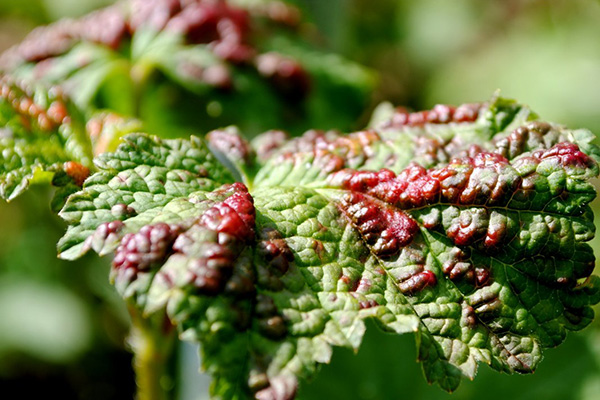
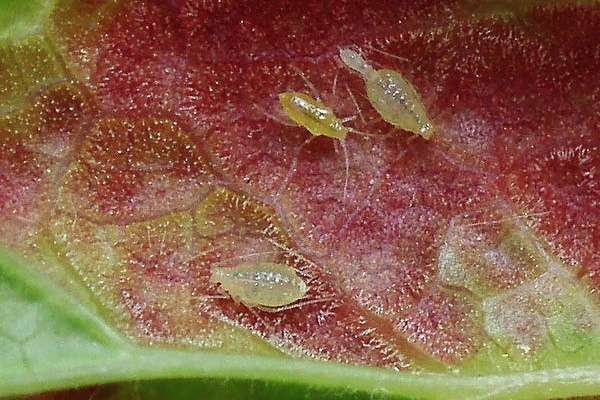
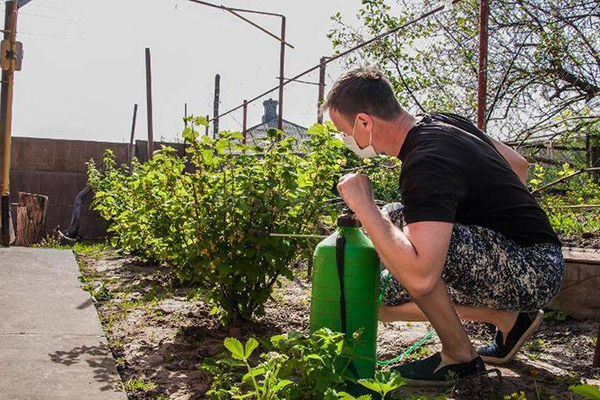
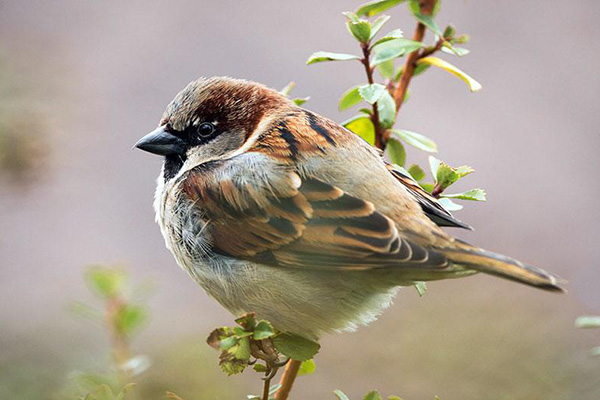

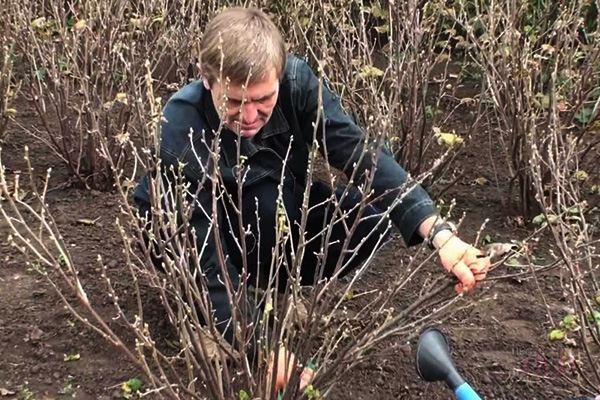

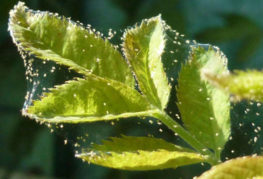
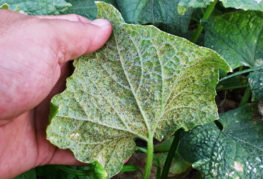

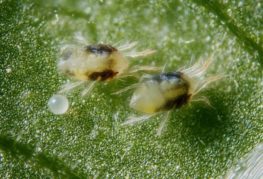
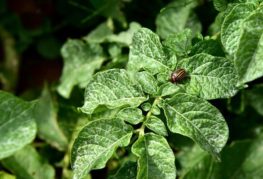
and will be published shortly.